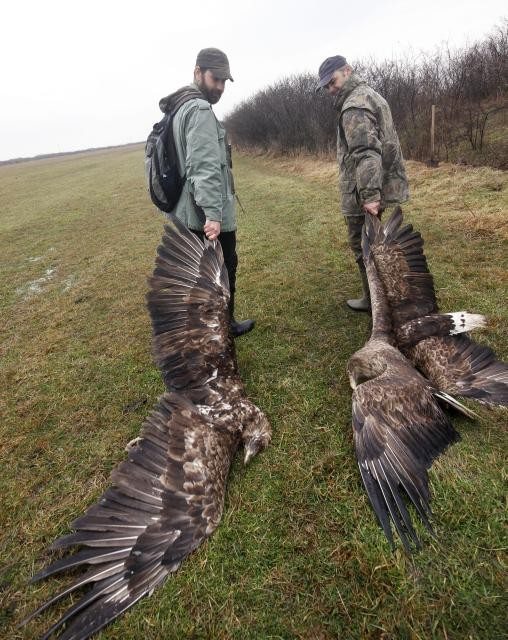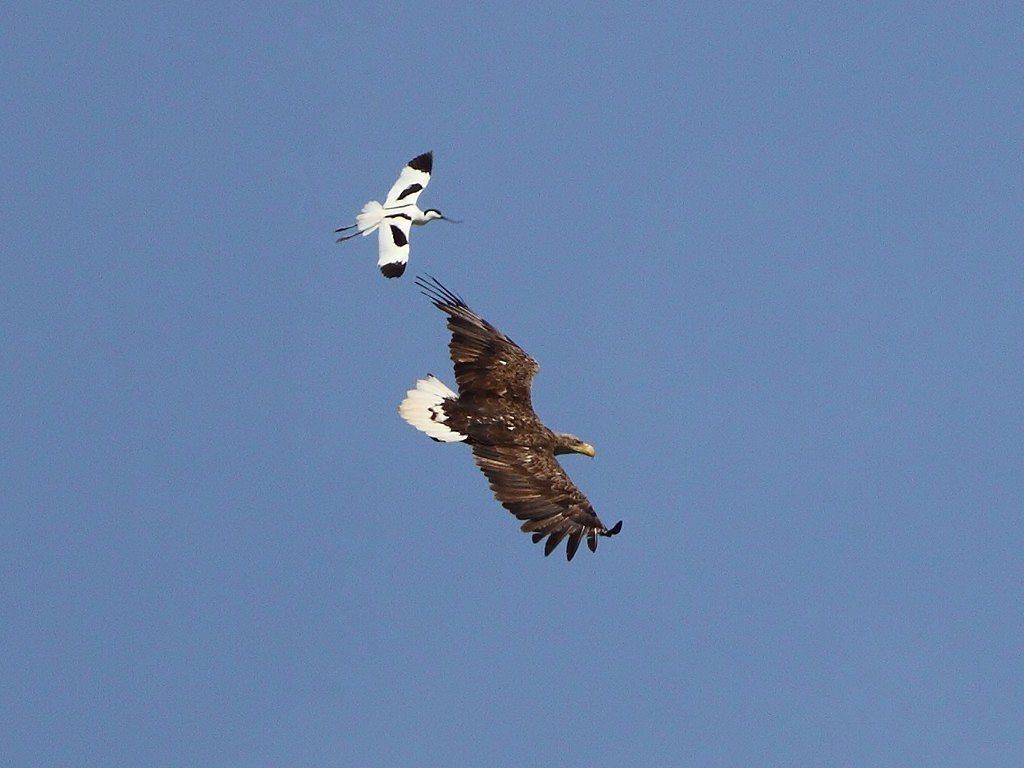Saiga – the unusual antelope back from the brink
The saiga (Saiga tatarica) is a rather bizarre-looking creature, but is remarkably resilient. It inhabits one of Earth’s least protected land habitats and has survived the Ice Age, plus centuries of exploitation. Though critically endangered, having experienced possibly the biggest recorded population crash of a large mammal in modern history, the saiga has managed to bounce back again and again.
Weird and wonderful steppe wanderers
The saiga is a medium-sized antelope of the Eurasian Steppe, a vast grassland plain stretching from the Carpathians to Mongolia. It is a sociable species living in large herds, with aggregations sometimes forming up to a thousand individuals. In antiquity, its range spanned the entire steppe, and during the last Ice Age, it even occurred as far as the British Isles and northern Canada. It is an ancient species, having walked alongside woolly mammoths and sabre-toothed tigers. Today, however, the saiga mainly inhabits Kazakhstan, with small populations in southern Russia and western Mongolia. Otherwise, there is a small captive population in Ukraine’s Askania-Nova national park. Less than 1% of its range is protected, with roads and fencing fragmenting its habitat.
Despite these challenges, saiga have fully adapted to grazing in the harsh steppe environment. They can migrate over huge distances, typically covering around 100km a day, and can swim across rivers. This high mobility allows them to evade natural disasters and has prevented large population declines in the past. The hairs on their pale fur double in length during winter, keeping the animals warm on the exposed grasslands. Its highly unusual nose helps filter out dust in summer and heat up cold air in winter. Another characteristic feature of the saiga is the male’s large pair of ringed horns. Unfortunately, they attract the attention of poachers as well as females. They are used in a powdered form in traditional Chinese medicine (TCM) as a supposed fever treatment. Due to the abundant saiga populations, WWF even promoted saiga hunting in the 1990s as a “sustainable” alternative to rhinoceros horn in TCM.
Driven to the edge
Steppe peoples have hunted saiga since prehistoric times for meat, skins and horns. In the 19th Century, high demand for horns caused a drastic decline, and the species almost went extinct in the 1920s before the USSR banned hunting. Quotas were introduced in the 1950s and over 5 million antelopes were killed for meat up to 1989. The population still recovered to 2 million however, partly due to their unusually high fecundity. Females bear their first offspring at just a year old, and mature individuals have 2-3 calves every year. But poaching for horns has affected this, and in some areas, adult males make up just 1% of herds. When the USSR fell, poaching increased significantly. In the Betpakdala region alone, the population plummeted from around half a million to under 4,000 individuals – a 99% drop in just a decade. After another hunting ban, the population recovered to previous levels.
In recent years, saiga have experienced massive population crashes due to another threat. In 2015, 75% of the global saiga population dropped dead from a respiratory disease in just two weeks. The definitive cause of this outbreak remains unclear. It is possible that abnormally humid climatic conditions in Kazakhstan caused normally harmless bacteria to enter the antelopes’ bloodstreams and become septic. The pathogen spreads quickly through the herd, making a 100% mortality rate highly likely. The population has since fully recovered, but climate change is making these massive die-off events more likely.
Are saiga back from the brink?
Today, the saiga population stands at around 1.3 million in Kazakhstan, and an international conservation programme is working to monitor and raise awareness for the species. However, it is still highly vulnerable. Poaching still occurs, and a planned highway through the Kazakh steppe would further fragment its habitat. The ever-present threat of climate change means that disease outbreaks are increasingly likely, and the saiga may not survive another mass mortality event. As this remarkable species’ resilience continues to be tested, let us hope that it continues to thrive.









